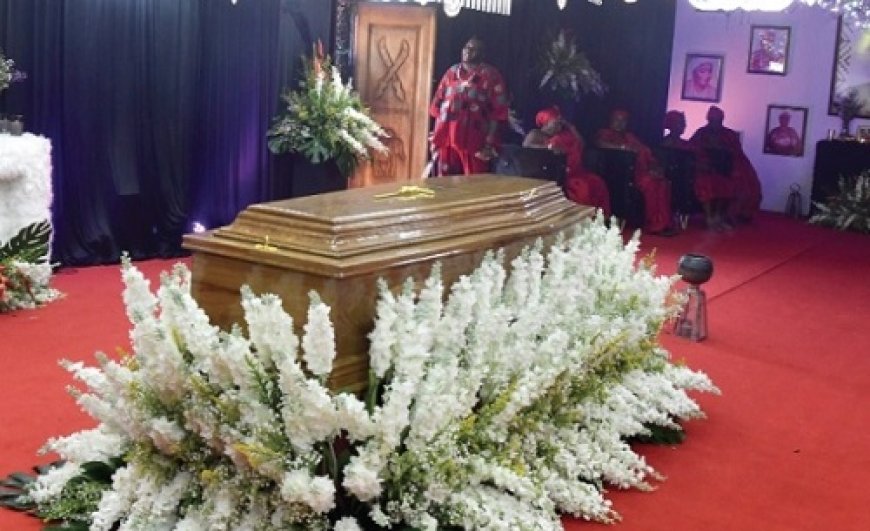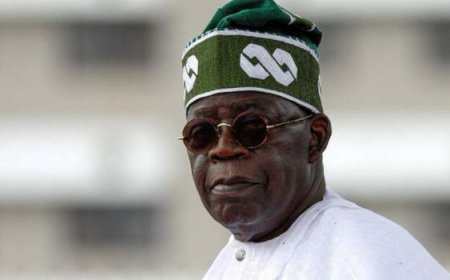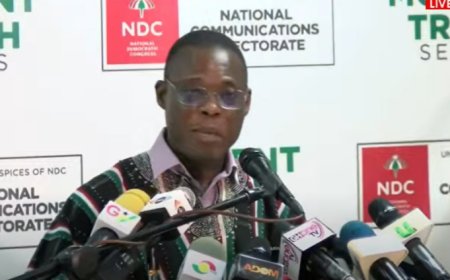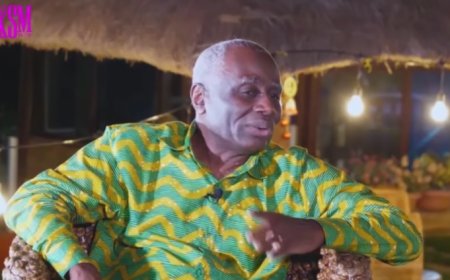Honoring Dr. Ebenezer Nii Armah Tackie: A Farewell Fit for Royalty
The article provides a comprehensive overview of the final rites and funeral proceedings for Dr. Ebenezer Nii Armah Tackie, father of the Ga Mantse, King Tackie Teiko Tsuru II. It delves into the preparations, activities, and legacy of Dr. Tackie, detailing his esteemed career as an architect and urban planning professional, as well as the significant role he played within the royal family and the Ga State. The article encapsulates the solemnity and significance of the funeral events, alongside Dr. Tackie's lasting contributions to academia and Ghanaian society.

esterday marked the commencement of the final rites for the burial and funeral of Dr. Ebenezer Nii Armah Tackie, who was the esteemed father of the Ga Mantse, King Tackie Teiko Tsuru II. Dr. Armah Tackie, aged 83, passed away in June of the preceding year, and now the royal family of the Ga State, along with traditional elders, is preparing to bid him a solemn farewell.
Today, the culmination of this process will see Dr. Armah Tackie laid to rest at the King Tackie Tawiah Royal Mausoleum in Tesano, Accra. But before this final act, a burial service will be conducted at the Ga Mantse Palace, commencing at 10 a.m. The Ga Mantse himself is leading his people in honoring the memory of his father during this period.
The royal funeral is anticipated to draw a significant gathering of individuals from various spheres of influence, including political figures, business leaders, traditional dignitaries, clergy, and others of notable social standing, as the three-day event unfolds.
Yesterday's proceedings saw the body of Dr. Armah Tackie lying in state at the Ga Mantse Palace, accompanied by the observance of traditional rites befitting his status and heritage. Following the burial today, the final funeral rites will continue at the Ga Mantse's Palace, culminating in a thanksgiving service scheduled for tomorrow at the Calvary Baptist Church in Adabraka, starting at 9 a.m.
Dr. Armah Tackie's legacy extends beyond his familial ties to royalty. He was a distinguished architect and urban planning professional whose contributions were widely respected. Despite his academic prowess and expertise in research and practice, he maintained a reserved demeanor until his son's ascension to the Ga Mantse stool propelled him into the limelight of traditional leadership.
Aside from King Tackie Teiko Tsuru II, Dr. Armah Tackie was survived by three other children: Naa Afi Atchoifio Okunoye (nee Tackie), Naa Korkoi Achereku Tackie, and Benjamin Nii Tetteh Ahinakwa Tackie, also known as Paa Nii. Additionally, he was blessed with eight grandchildren. Among his siblings were Lydia Naa Amerley Tackie, Daniel Nii Armah Tackie, Mercy Naa Odey Thompson, Victoria Naa Amokor Sanders, and Benjamin Nii Adu Tackie.
Dr. Tackie's academic journey saw him rise to the position of Dean of the Faculty of Environmental and Development Studies, and he also served as the former Head of the Department of Architecture at the Kwame Nkrumah University of Science and Technology. His academic pursuits took him to Germany, where he earned a Diploma in Studies in Architecture and Urban Regional Planning in 1969, before furthering his studies with a doctorate in Urban and Regional Studies from Cambridge, England, in 1975.
Throughout his career, Dr. Armah Tackie was actively involved in professional organizations, holding memberships in prestigious bodies such as the Ghana Institute of Planners, the Ghana Institute of Architects (where he attained fellowship), and the Society of Ghana Engineers (Germany). His contributions to regulatory frameworks in Ghana's built environment were significant, notably his chairmanship of the National Committee on Building Regulations/Codes from July 1988 to September 1996. Under his leadership, obsolete legislation on buildings was reviewed and replaced with the new Building Regulations of 1996 (promulgated as L.I. 1630).
In 1995, Dr. Armah Tackie's expertise was instrumental in his role as the Principal Urban Designer for the New Accra Airport City Scheme, working on behalf of Consortium/Comptran Group for SSNIT, the Ghana Civil Aviation Authority, and the Lands Commission. His influence and expertise left an indelible mark on Ghana's architectural landscape and urban development.
What's Your Reaction?






































































